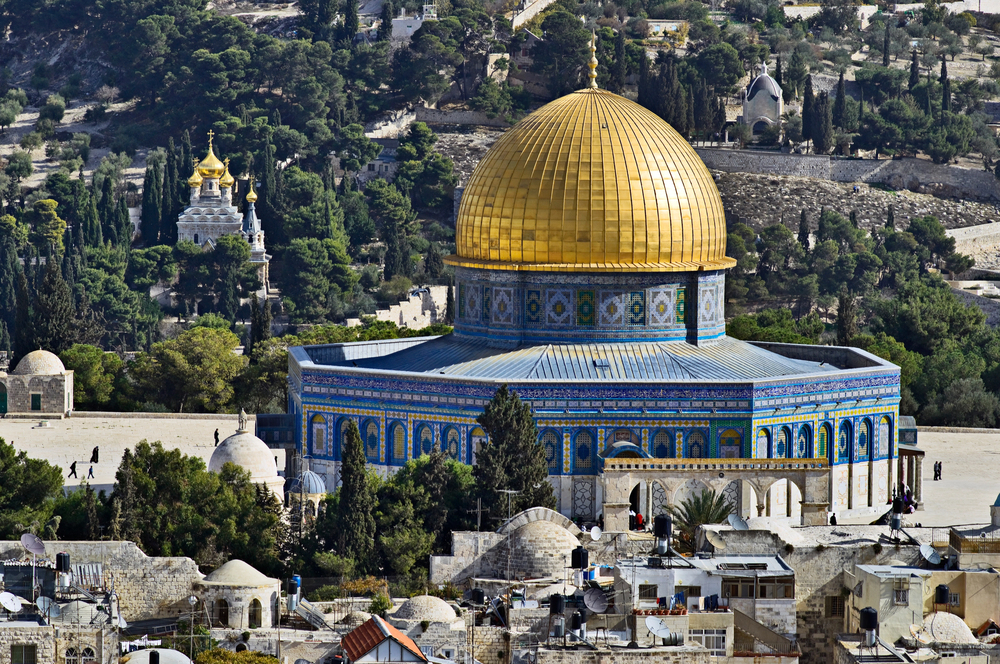
Can a few olive pits and grape seeds found in ancient times alter our perceptions about one of the holiest places in Christianity? Underneath the Church of the Holy Sepulchre, where history and faith have been woven together for hundreds of years, new findings are providing not only answers but also a sense of wonder and validation for believers and seekers.
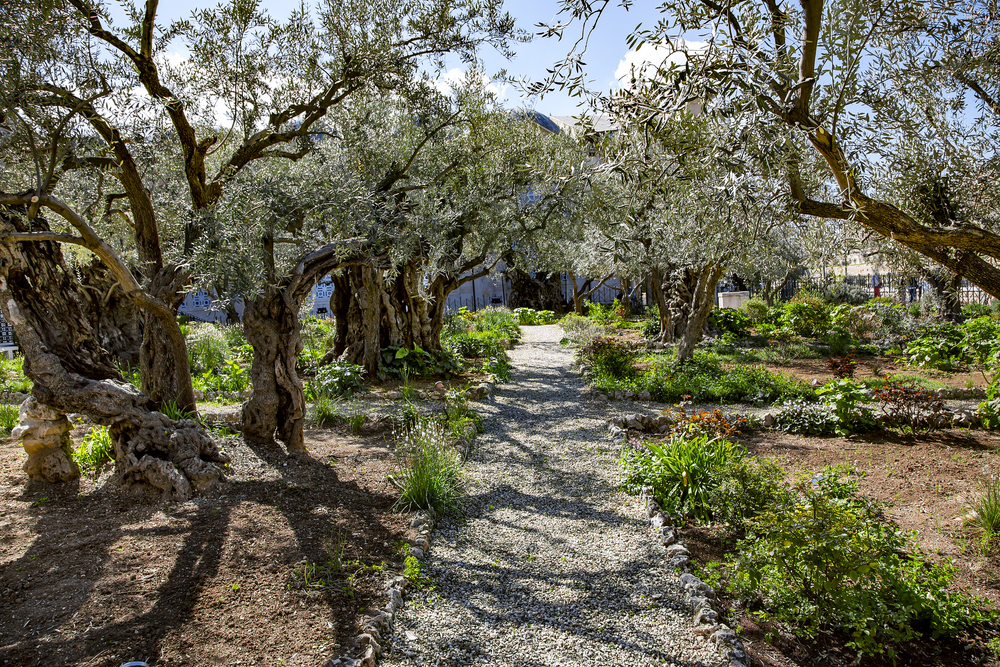
1. Gospel Gardens Uncovered: Science and Scripture
Under the hallowed stones of the Holy Sepulchre, archaeologists have found evidence of a garden full of olive and grapevines, mirroring the description in the Gospel of John: “Now in the place where he was crucified there was a garden, and in the garden a new tomb in which no one had yet been laid.” Professor Francesca Romana Stasolla, who is heading the excavation, said, “The archaeobotanical data have been particularly fascinating to us, given what is written in the Gospel of John, which is believed to have been written or compiled by someone who knew Jerusalem then.” The Gospel refers to a green section between Calvary and the tomb, and we recognized these fields of cultivation. The overlap between religious scripture and scientific find is thrilling hearts and minds, providing a concrete connection between the Gospels’ world and our own below.
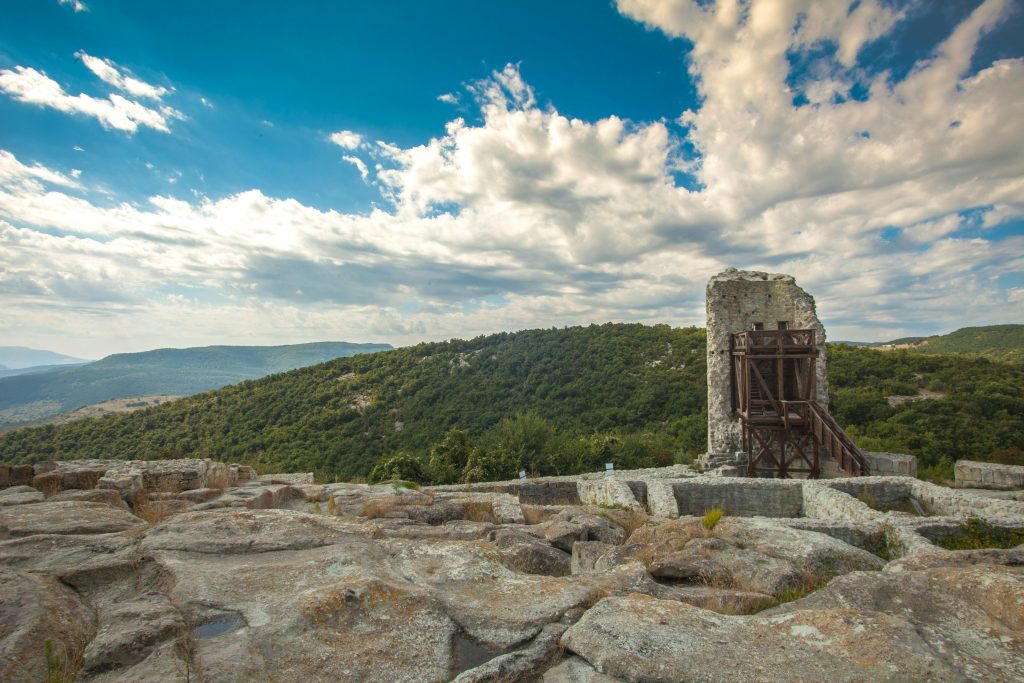
2. Archaeobotany: Reading the Past in Seeds and Soil
It’s not so much what was discovered it’s how it was discovered. Archaeobotany, or the analysis of ancient plant residues, lies at the core of these discoveries. As defined in an exhaustive review, archaeobotany examines individuals’ interactions with plants and landscapes through the study of preserved plant residues. By looking at seeds, pollen, and even tiny pieces of plants, scientists are able to piece together ancient landscapes and everyday life.
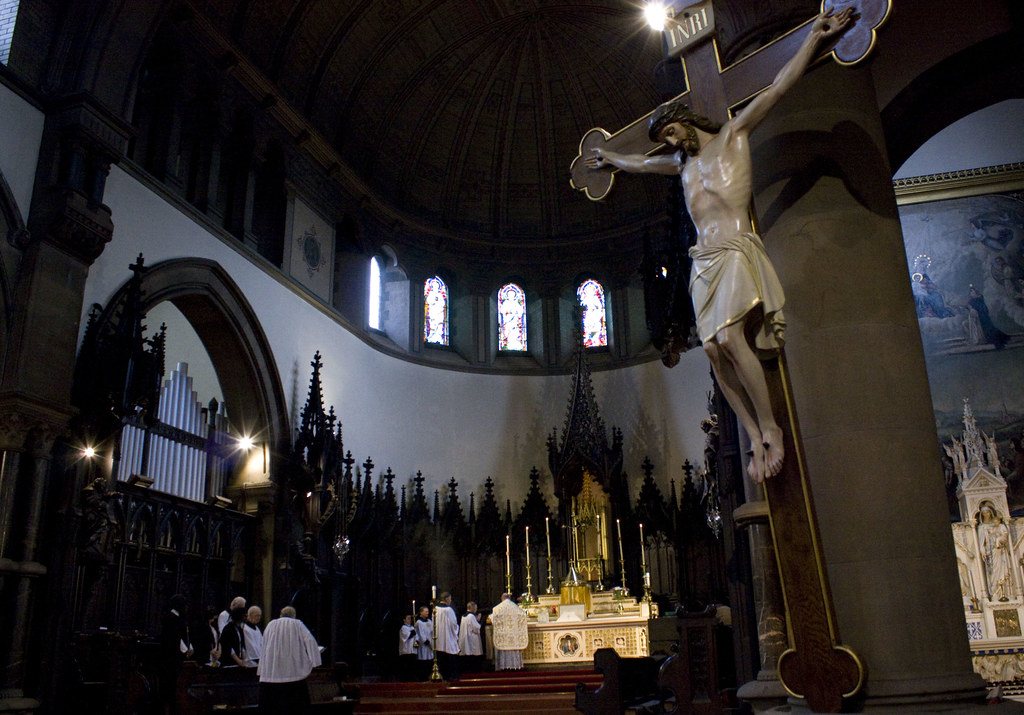
In the Holy Sepulchre, for example, olive and grape pollen found through meticulous sampling and analysis assisted in the validation of a cultivated garden precisely as described in the Gospel. These techniques are laborious, but they leave one with a tangible glimpse of the past far greater than that afforded by stone and pottery.
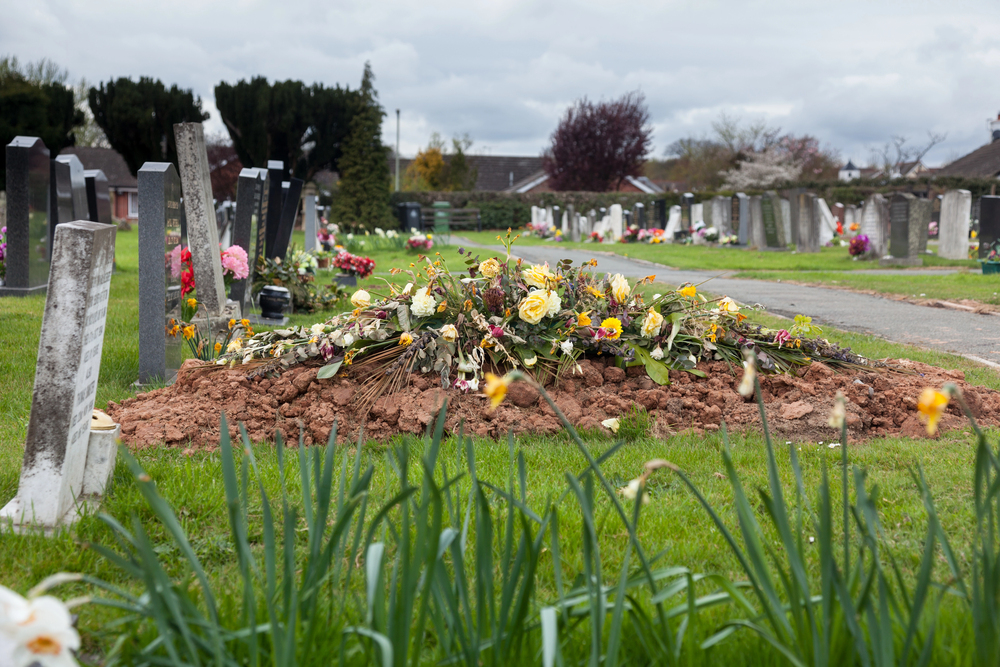
3. Multimedia Magic: Piecing Together the Burial Site
The journey to discover history hidden under a living, breathing church is anything but easy. “Although we have not been able to view the whole excavated church at once, new technology is enabling us to rebuild the larger picture in our laboratories,” Stasolla said. Envision archaeology as a massive puzzle: every excavation uncovers a solitary piece, but digital visualization and multimedia reconstructions enable researchers and the world to visualize the entire tapestry. This strategy envisions a future where anyone, anywhere, can explore the Holy Sepulchre’s layers through interactive visualizations, enhancing understanding and connection.
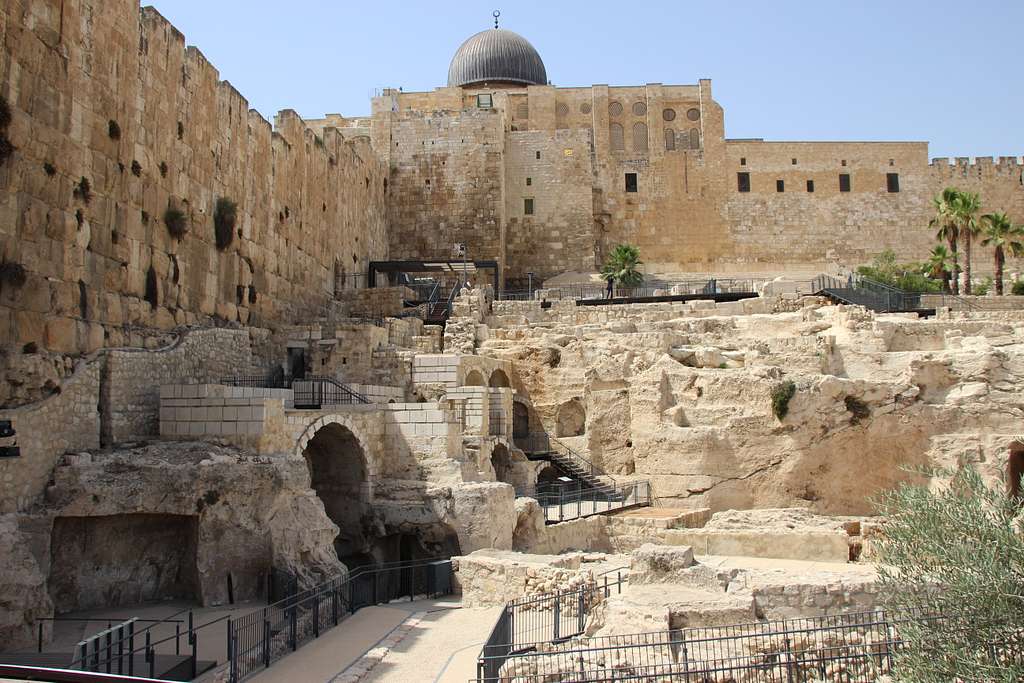
4. Iron Age Quarry to Sacred Ground
The site’s history dates back far earlier than Jesus’ time. The ground upon which Holy Sepulchre stands started life as a quarry during the Iron Age, the stones being cut for the ancient buildings of the city. As the quarry was left to decay, it was used as a necropolis sheets of tombs cut into the rock, a testament to centuries of turmoil. “We must be able to imagine that as the quarry became increasingly abandoned, tombs were cut at various levels,” Stasolla explained. This multi-layered history isn’t archaeological trivia; it’s a reminder that holy places often arise out of secular ground, infused by the hopes and beliefs of generations.
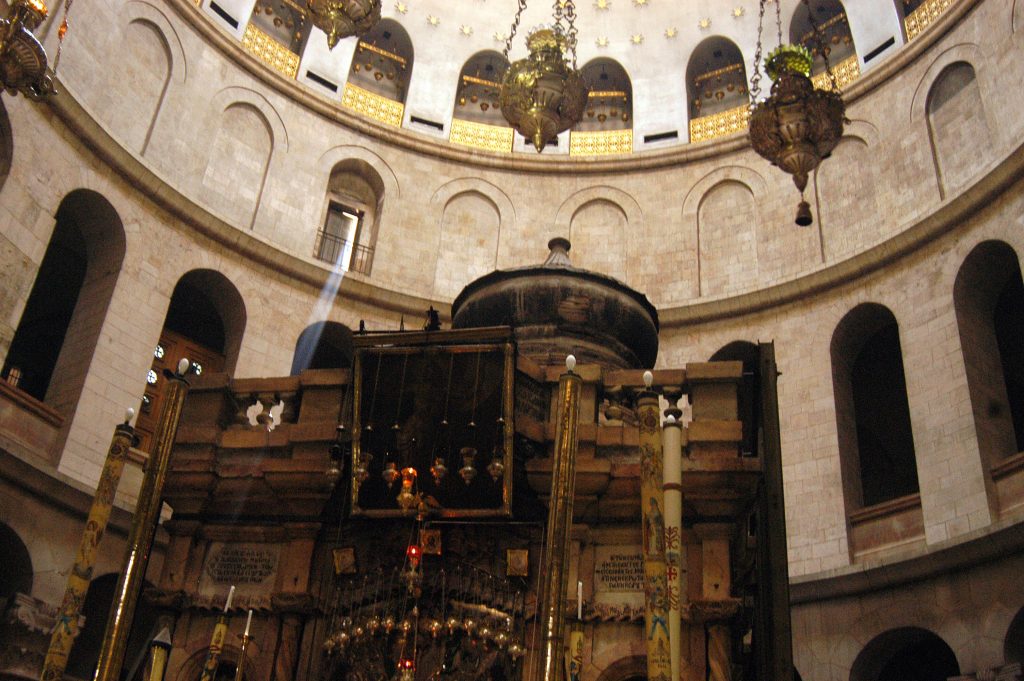
5. Constantine’s Vision: Sanctifying the Tomb
Skip forward to the fourth century, when Emperor Constantine urged on by his mother Helena’s pilgrimage sanctified the area as the tomb of Christ. Historical records say that Constantine commissioned the destruction of a Roman temple erected over the site, exposing beneath it a rock-cut tomb. The site was then monumentalized, as the tomb was segregated and enshrined in a rotunda, paving the way for the subsequent church that would be the pulsating center of Christian pilgrimage. The evolution from quarry into sacred space was as much a matter of faith as it was a matter of architecture.
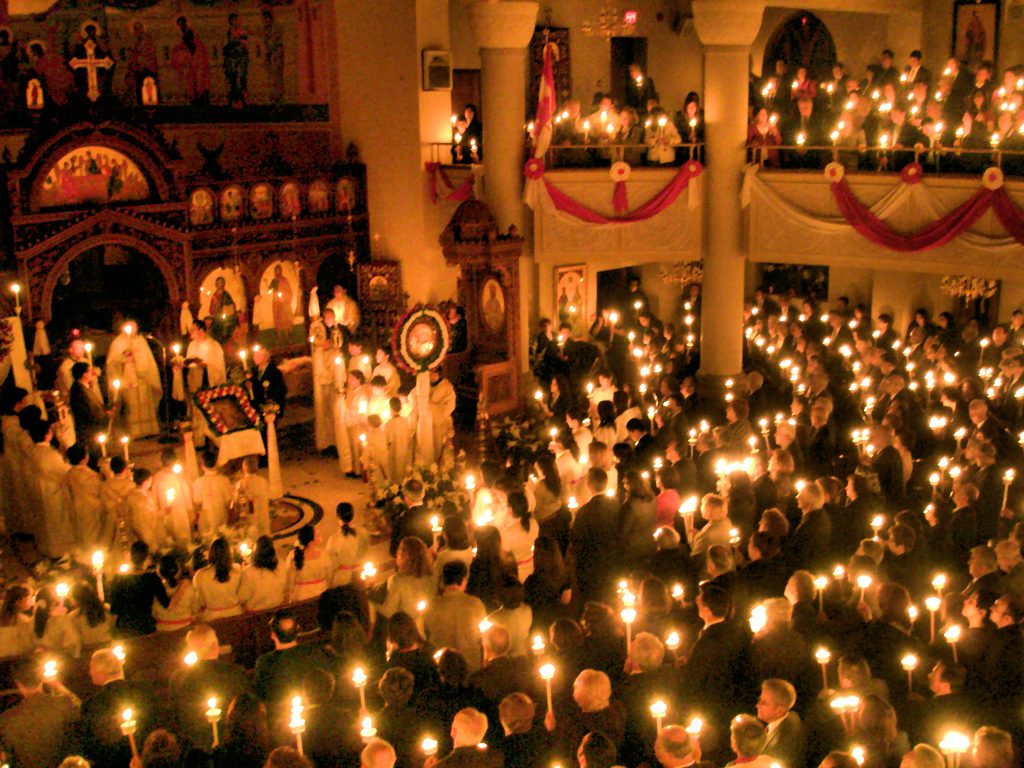
6. Layers of Faith: Destruction, Restoration, and Renewal
The Holy Sepulchre has endured fires, invasions, and earthquakes, each period leaving its imprint. From the Persian invasion in the seventh century to the Crusader restorations of the twelfth, the shape of the church has changed, but its religious import only grew. Now, three Christian denominations Greek Orthodox, Latin Catholic, and Armenian co-share custody of the site, each contributing its traditions and rituals. The excavations continue only because they cooperate, a testament to the long-lasting power of collective belief.
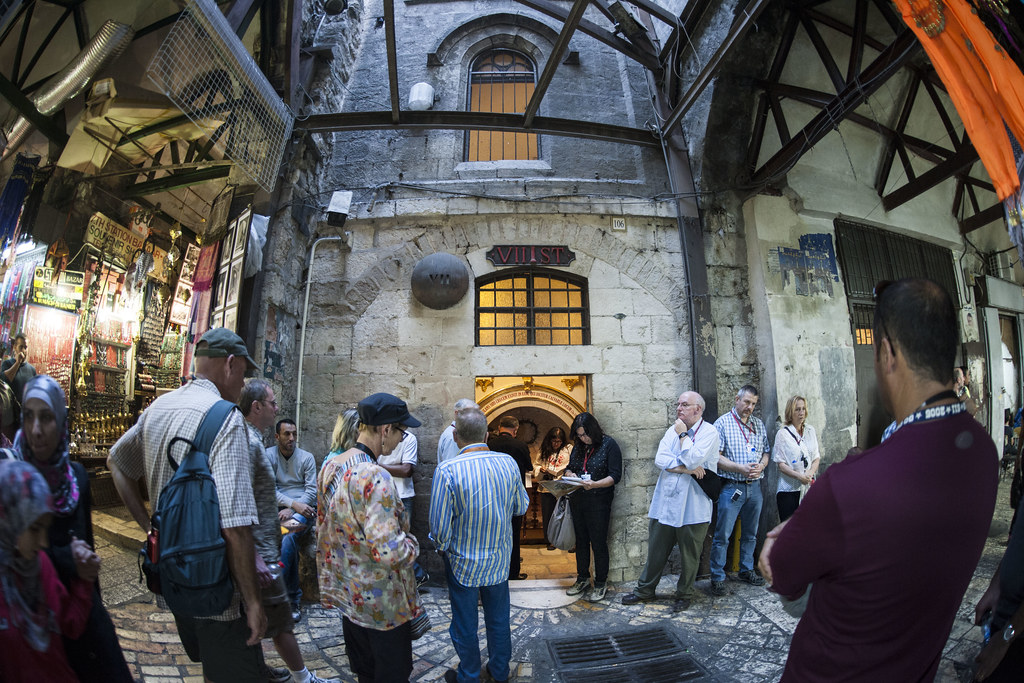
7. The Power of Belief: History and Faith Intertwined
Whereas the findings under the Holy Sepulchre serve as new confirmation for those who need historical evidence that the Gospels are true, the archaeologists themselves call for humility and perspective. Stasolla said, “The real treasure we are revealing is the history of the people who made this site what it is by expressing their faith here.” Whether one is a believer or not about the historicity of the Holy Sepulchre, the fact that generations of humans have been is a fact. The history of this site is the history of Jerusalem, and at least from a particular time, it is the history of worship of Jesus Christ. The garden, the tomb, the rituals they are all pieces in a living tapestry, formed by faith as much as by stone and earth.
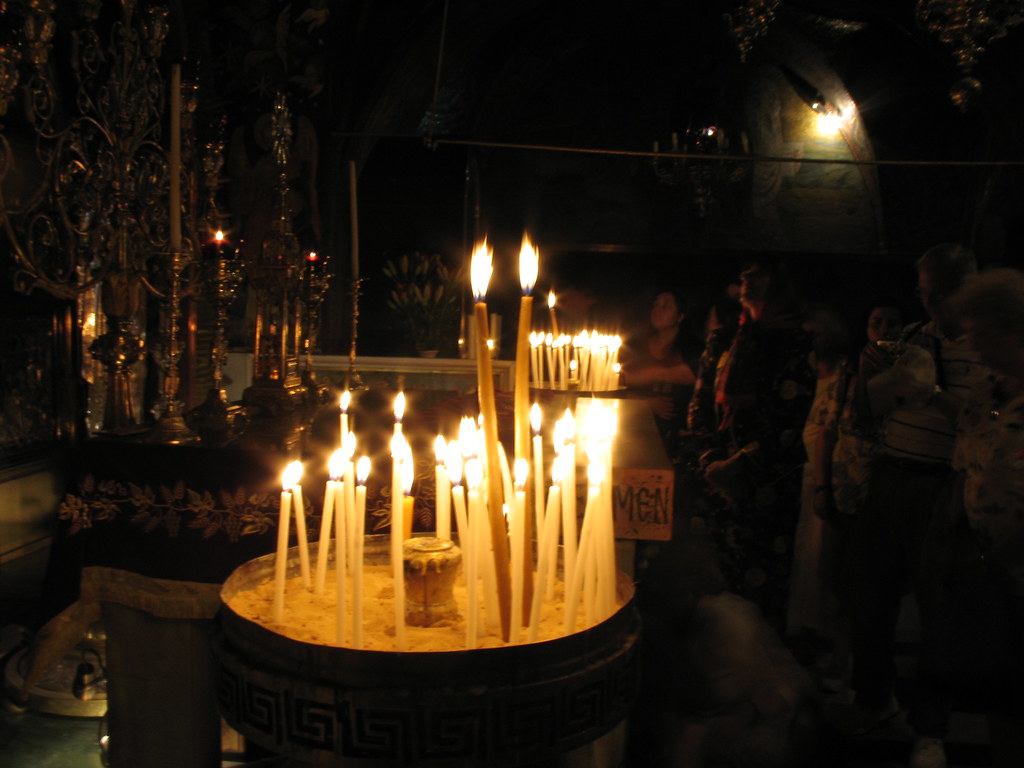
For seekers and believers, these findings provide a soft assurance: faith and history are not adversaries, but intertwined, each enriching the other’s meaning. The ancient olive trees and grapevines, witness in silence below the floor of the church, call to mind that the foundations of faith are deep and that the past when carefully excavated can bring fresh peace and awe to the present.


